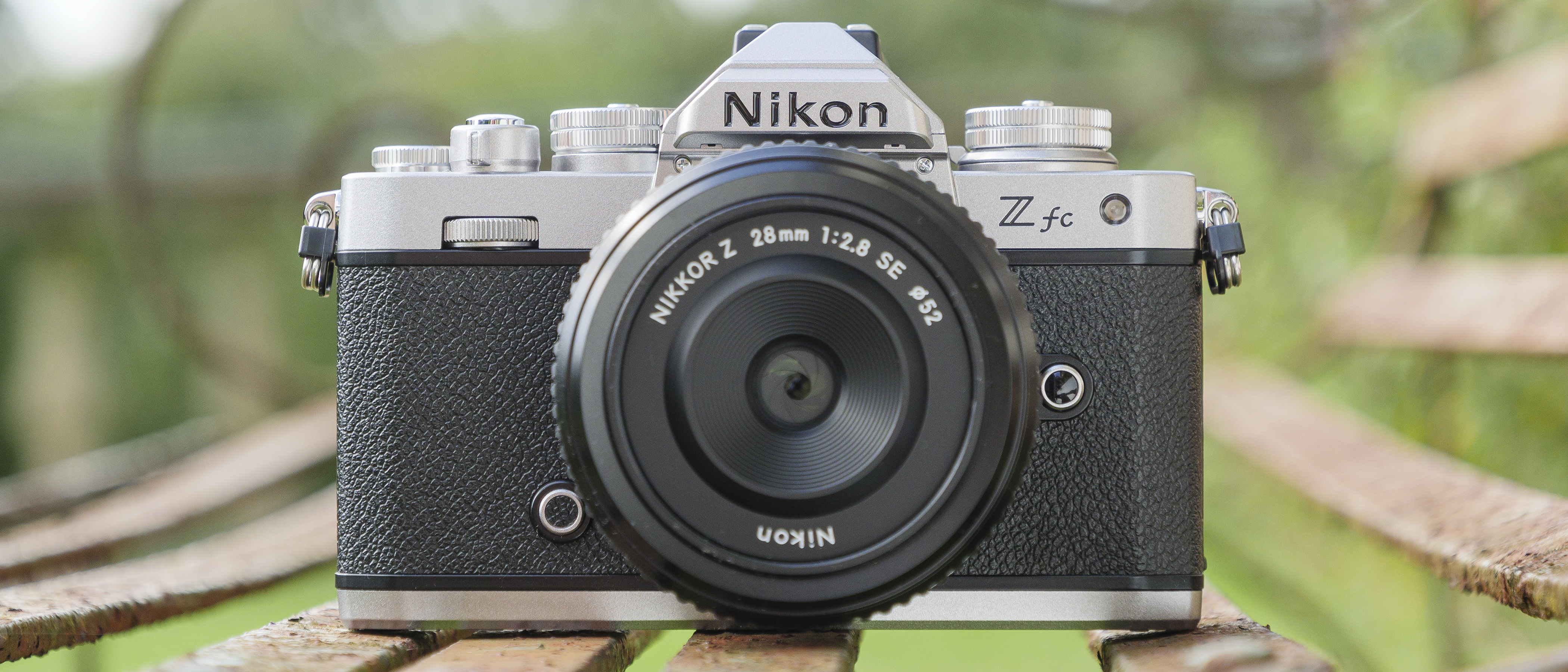TechRadar Verdict
The Nikon Z fc is a triumph of design that offers a different shooting experience to the Nikon Z50 at a great price. The vari-angle screen is also an inspired choice that embodies Nikon's old-meets-new 'fusion' concept. More advanced photographers might miss the lack of weather-proofing and a larger full-frame sensor, especially considering current native lens availability. But for everyone else, the Z fc is a great mix of retro design and mirrorless shooting power.
Pros
- +
Beautiful design
- +
Useful vari-angle touch screen
- +
A well-struck balance of old and new
- +
Great value
Cons
- -
Needs more native lenses
- -
Grip less suited to large lenses
- -
No UHS-II support
Why you can trust TechRadar
Editor's Note
• Original review date: September 2021
• A pricier and tougher full-frame Nikon Zf was consequently announced
• Launch price: $959 / £899 / AU$1,799 (body only)
• Official price now: $959 / £879 / around AU$1,699 (body only)
Update: February 2024. If you love the retro look, the Nikon Z fc is still arguably the best value mirrorless camera since its September 2021 release. It goes up against the Fujifilm X-T30 II, and neither of these beginner cameras have been replaced yet. If money is no object then the Nikon Zf full-frame camera with the same analog Nikon FM2-inspired look is the sturdier option with better specs, but the Z fc remains a beautiful camera to have by your side and one of the best travel cameras. In fact, Nikon is yet to launch another APS-C camera since the Z30 designed for vlogging, so its 20.9MP sensor and 4K video spec is yet to be bettered for Nikon fans. The rest of this review remains as previously published.

Nikon Z fc: Two-minute review
The Nikon Z fc is the company's second mirrorless camera with an APS-C crop sensor, after the Nikon Z50. Under the hood, the two cameras are virtually identical, but it's clear from the outside that the shooting experience is altogether different. Much of this review, therefore, focuses on the new design of the Nikon Z fc.
The current Nikon Z lineup now consists of two APS-C cameras, two second-generation full-frame models, the Nikon Z6 II and Nikon Z7 II, plus the Nikon Z5. The native lens lineup is much more developed for full-frame, with 17 lenses to the two dedicated APS-C zoom kit lenses. However, the new Z 28mm f/2.8 SE lens launched alongside the Nikon Z fc that we had during this test is an aesthetic pairing and a compelling 42mm f/2.8 equivalent lens.
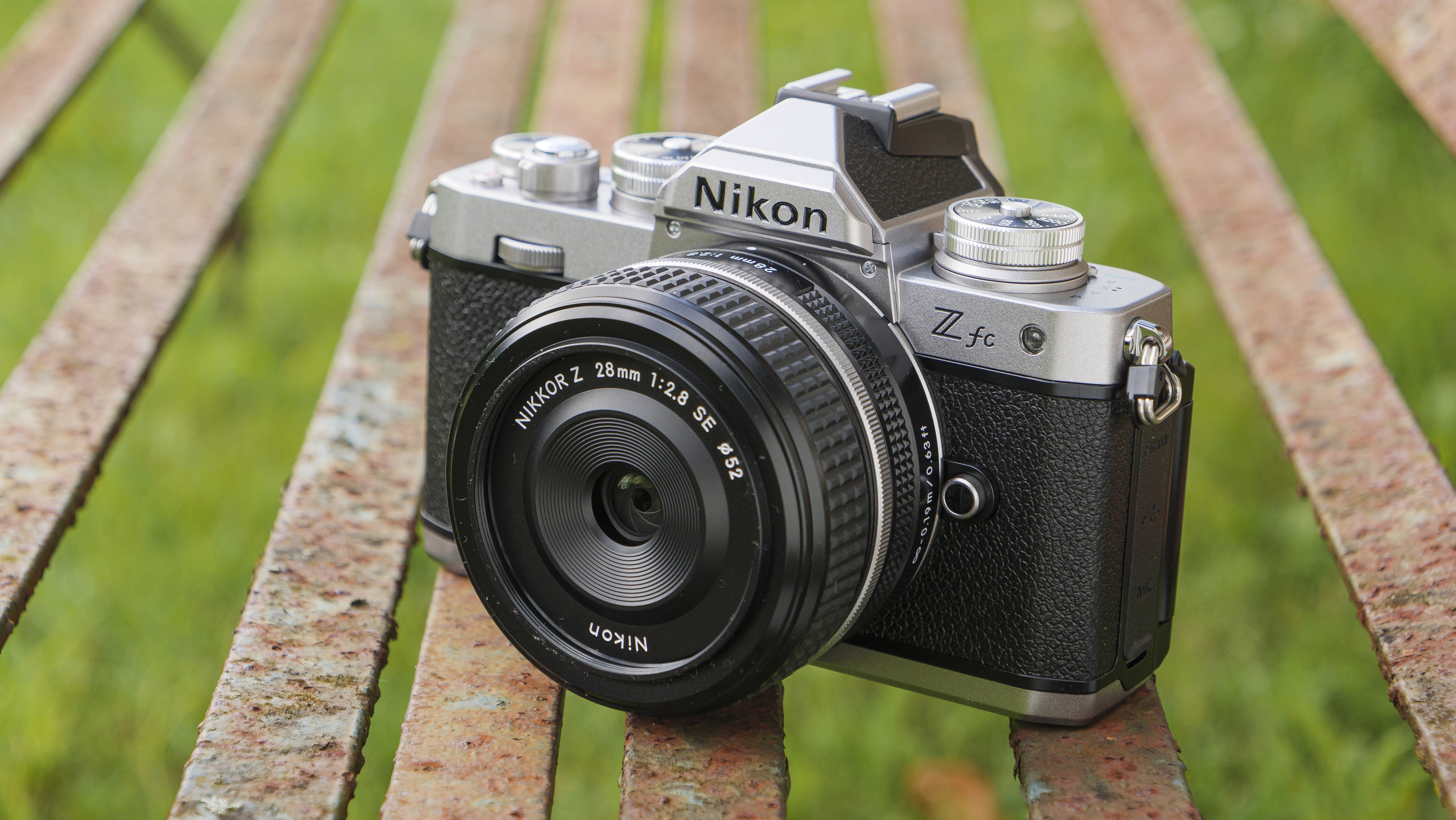
So what is behind this new camera's name? 'F' stands for 'fusion', as in of the old and new. This rhetoric exists in the full-frame Nikon Df from 2013, and likewise here we have a digital camera inspired by the company's own legacy analogue cameras.
In the case of the Nikon Z fc, a beginner mirrorless camera, homage is paid to the 30-year-old Nikon FM2; the form factor and dimensions viewed from the front are practically the same. The FM2 is deeper on account of its film holder and its larger full-frame format which physically requires more depth.
As for the 'c', in the name, it indicates that the camera is for 'casual' use. This could be anything from the competitive price, the smaller sensor format compared to full-frame, the vari-angle screen, the modest single UHS-I SD card slot, or the lack of weather-sealing.
No, we wouldn't want to bash this beautiful camera for beginners around too much. And that's a slight shame – we can't help wish this was a 'Nikon Z f' rather than a Nikon Z fc. The camera it's inspired by, the Nikon FM2, was a serious full-frame workhorse that could take a bullet for you, with a mechanical shutter able to rattle off frames with no battery power. It's a camera that lasts, while the Nikon Z fc is aimed at an altogether different photographer.
Still, the Z fc is a beautiful, casual camera with a capable specification; 20.9MP sensor, 4K video up to 30fps, continuous tracking AF for people, animals, faces and eyes, and an inspired vari-angle touch screen. The Z fc is the affordable option too; if you want a digital camera with ISO, shutter speed and exposure compensation dials, you're looking at the twice-the-price Fujifilm X-T4, or if you can live without the ISO dial, then the Fujfilm X-T30 II enters the frame.
For travel snappers or those who want a camera that's as pretty as the photos it takes, the Nikon Zfc is one of the best mirrorless cameras you can buy, as well as of course one of the best travel cameras. Keen photographers who need features like dual card slots will want to look elsewhere, and we're hoping for a full-frame version, but not many modern cameras are as fun to use as this.
Nikon Z fc: Release date and price
The Nikon Z fc is available to buy in a variety of bundles. If you just want to buy the camera body-only, it'll cost $959 / £899 / AU$1,499, but you can also buy it with different lenses, or in a lens kit with both wide-angle and telephoto zooms.
The ideal kit for street photographers will likely be the Nikon Zfc with the new Nikkor Z 28mm f/2.8 SE prime lens, which together will cost $1,199 / £1,129 / AU$1,899. If you'd rather go for the Zfc with the Nikkor Z DX 16-50mm f/3.5-6.3 VR lens, that kit will set you back $1,099 / £1,039 / AU$1,699.
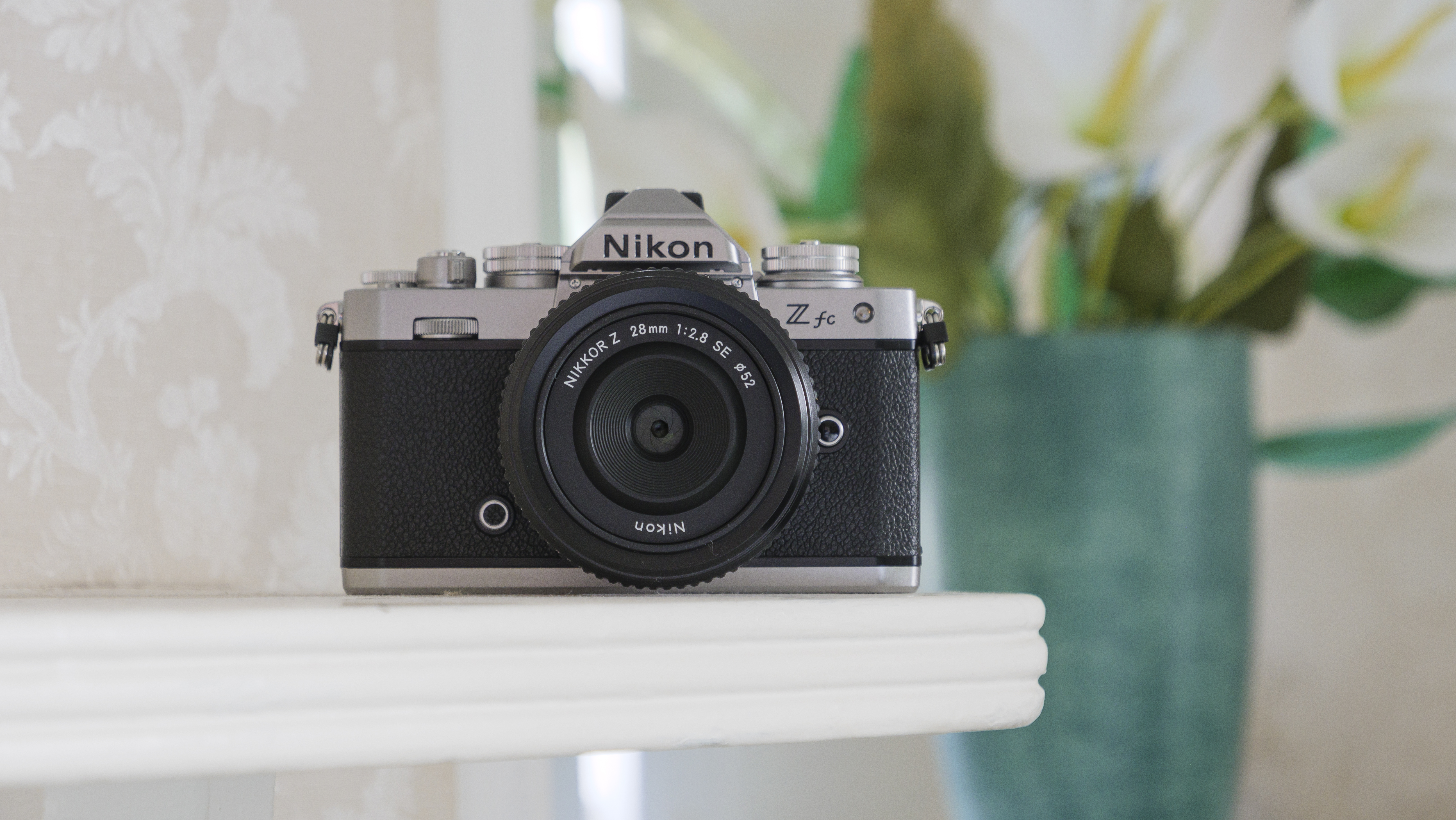
In Australia, there's a two-lens kit also available for AU$2,000 that bundles the Zfc body with the 16-50mm glass mentioned above, as well as the Nikkor Z DX 50-250mm f/4.5-6.3 VR zoom.
In the UK, there's also a vlogging kit priced at £1,169 that includes the NIKKOR Z 16-50mm VR silver lens, a Sennheiser on-camera directional microphone with wind protection, and a SmallRig tripod grip. The tripod grip features a magnetic recess that holds the Nikon ML-L7 remote control (included).
Nikon Z fc: Design
- It's a stunning camera
- Inspired vari-angle touch screen
- A new retro-styled 28mm f/2.8 Z lens
You don't have to be a fan of the Nikon FM2 to appreciate the design of the Nikon Z fc. It's a beautiful-looking camera. We remember the Nikon FM2 well – an aspirational camera for enthusiasts – and the attention to detail in reimagining the FM2 for today is painstakingly admirable.
There is everything to like about the Nikon Z fc. From the front, it's virtually the same dimensions as the FM2, meaning this is one dinky camera, barely a handful. Its form factor, design cues, everything sings FM2. Even the typography is inspired by it.
The view from the top is equally impressive. While thinner than the FM2, it still packs exposure dials for ISO, shutter speed and exposure compensation dial. We love the tiny window with an LCD display of the current aperture setting. Nikon has gone most of the way there, but wait, the lenses.


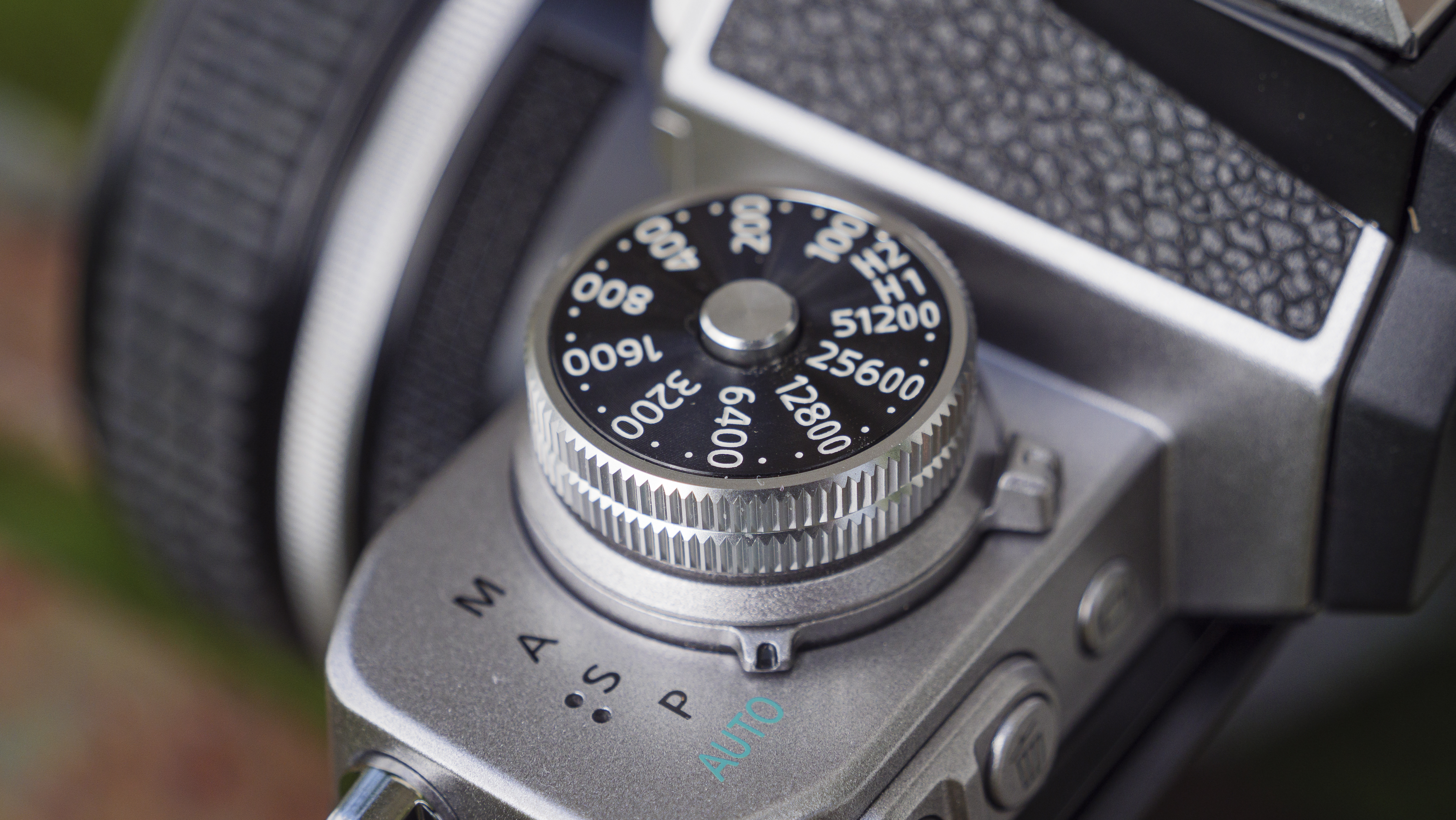
A new Nikkor Z 28mm f/2.8 SE lens was launched alongside the Z fc, and like the camera it certainly looks the retro-part. But why is there no aperture control ring on this special edition full-frame lens? With that full complement of exposure dials on the camera's top plate, we sorely missed an aperture control ring on the lens and you won't find one on any other Nikon Z lens.
You can change the sole control ring on the 28mm lens from focus to aperture, but you can't have both at the same time. Otherwise, you shift aperture by using the camera's front command dial, but it's not nearly as intuitive as on the lens, especially when you're already shifting the shutter speed dial with those same right-hand fingers.
Ultimately, the lack of dedicated lens aperture control ring becomes a reason to use the Z fc in auto, foregoing the top dials for exposure changes (the main point of this concept). Like with the majority of Fujifilm’s X-series lenses, we hope new special edition legacy lenses are launched for the Z-series that feature an aperture control. Still, if you don't shoot in aperture priority, who cares, right?
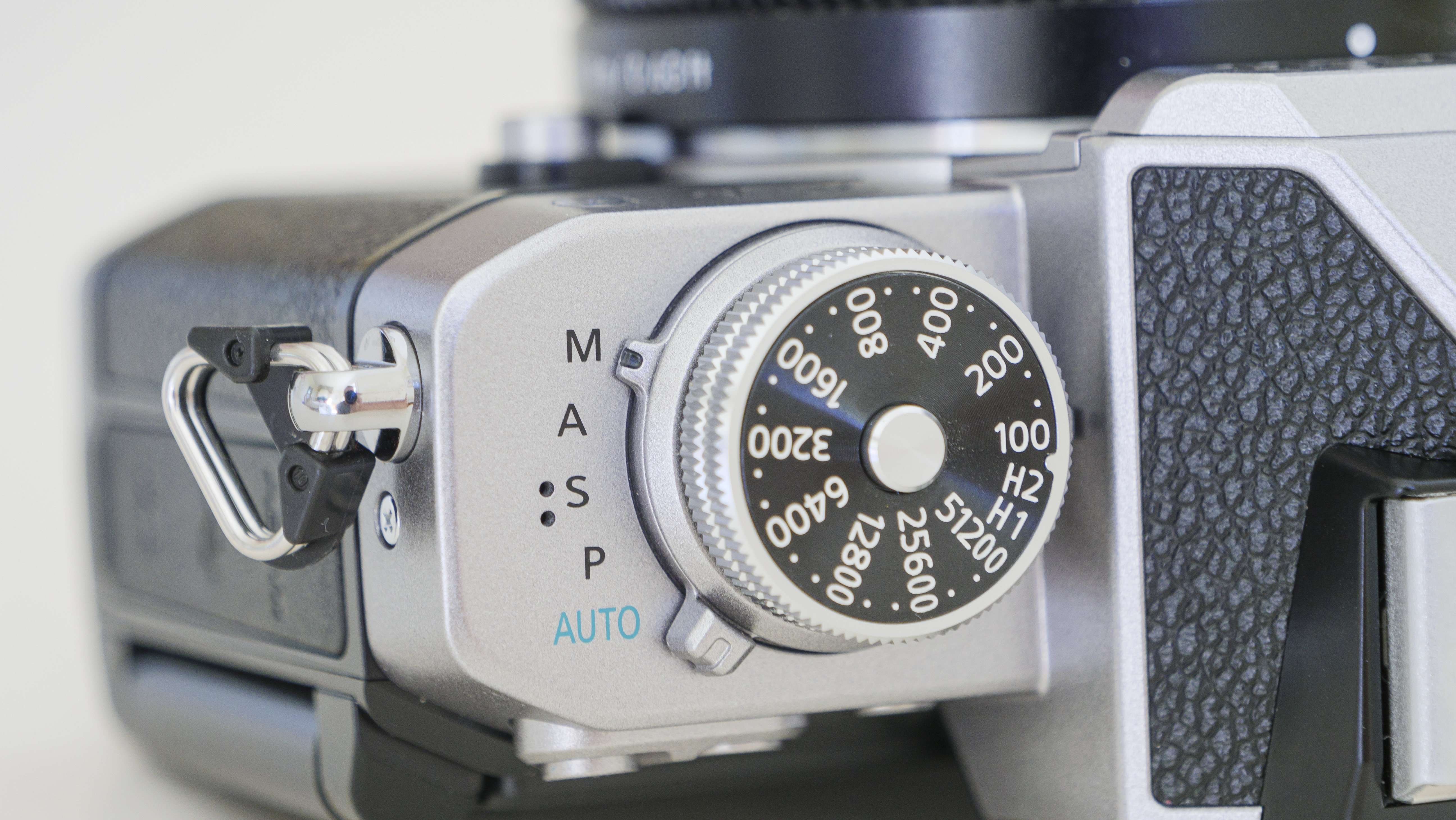
In understanding those exposure dials, the built-in program mode switch that includes auto, the implementation of in-camera auto ISO, you can get the exposure effect you want super-quick. By the way, in-camera auto ISO handles a charm just like high-end Nikon cameras, meaning minimum acceptable shutter speed can be manually selected.
Elsewhere, the Z fc's flip touchscreen that's on hand for selfie-shooters and vloggers is totally the right call here, but for additional reasons. This type of screen can be folded away completely – revealing a protective dappled leather finish instead. You can pretend it's screen-less in a way that's not possible with fixed or tilt screens. We're not quite in Fujifilm X-Pro 3 territory – a camera that simulates a loaded film roll on its rear – but the look is spot on.
With a circular eyecup design for the EVF (electronic viewfinder), the look from the rear is complete. The EVF is a reasonably large display with a feature set and performance that is competitive at this price point; 2.36-million-dots and a refresh rate of 60fps. You'll have to press your eye in right up close to get a clear view though.

As for the touchscreen, it is super simple to use. You get touch focus with subject tracking, shutter response, full menu navigation and playback control, this is how touchscreens are meant to be. And the footprint of the touchscreen is minimal, adding very little to the overall size of the Z fc.
Around the exposure dials are little hints that this is a camera for today. The shutter speed dial has a switch to shift from shooting stills to video (the Nikon Df couldn't shoot video at all – a philosophical choice). Sadly, the in-camera menu remains the same whether you are shooting photos or video. Separate custom menus would be welcome for photo and video to make navigating your options much simpler.
The Nikon Z fc possesses a magnesium alloy 'skeleton' which is very impressive at this price point. However, there's no weather-sealing, which lives up to the 'casual' name. It might be due to its great looks, but we were particularly conscious to look after the camera.

From our time with the Z fc, we found battery life par-for-the-course, getting a full day of moderate use that this camera is technically designed for. Go video heavy or swing towards those extended continuous high sequences and the picture is different, of course. However, it is now possible to charge the camera on-the-go via the USB-C input. Handy. Speaking of inputs, there is a 3.5mm microphone port, plus mini HMDI.
Elsewhere, what you get with the mirrorless tech is an option for a silent shutter. Paired with the flip screen for subtle waist-level viewing, the Z fc represents an unobtrusive shooter ideal for travel and street photography.
Faced up to the similarly-priced Nikon Z50, we prefer the Z fc design. There's the vari-angle screen and USB-C charging, plus exposure compensation is operational when in auto exposure mode. Some may prefer the feel of the deeper handgrip of the Z50, especially with longer lenses, though there is an optional grip for the Z fc.
Nikon Z fc: Features and performance
- Tracking AF with priority for people and animals
- 11fps burst shooting
- Single UHS-I SD card slot
For all its retro charm and emphasis on manual control, the Nikon Z fc is no slouch and comes packed with a competitive feature set.
Start up time is brisk, with the camera able to shoot within a second of powering up. No dawdling here. Z-series lenses focus quickly and quietly for general scenes, offering a manual focus override, too. There's on-screen touch tracking auto-focus that is sticky on your subject and the Z fc detects faces and eyes with a reasonable speed, accuracy and reliability.
With the viewfinder in play, you can hit the OK button to bring up a manual AF selection area, too, though you cannot swipe the open touchscreen for autofocus area selection.

High-speed action sequences can be made at up to 11fps in the 'extended' mode, with continuous auto focus and auto exposure. However, the camera only supports the older and slower UHS-I SD card, meaning those sequences are sustained for around 22 frames – that's two seconds – and you'll need to wait some time for those frames to be processed to gain full speed operation again.
The continuous high mode is much slower at 5fps, though you will get around 35 frames, so the burst is longer. Again, it takes a little while to clear those files to regain full capture capability. In short, the Z fc is good for quick flashes of action, but it really doesn't support sustained action scenarios.
Nikon Z fc: Image and video quality
- 20.9-million-pixel APS-C sensor
- ISO 100-51,200
- Basic Z-series 'DX' lens choice
With the same 20.9-million-pixel APS-C sensor as the Nikon Z50, we can expect the same image quality from the Nikon Z fc. And aside from a few handling tweaks that may impact the shots you are getting – like the at-hand exposure compensation dial – things are indeed the same, which is no bad thing.
The 20.9MP sensor has a great handle on noise, with all settings up to ISO 6400 looking clean, especially those under ISO 800. It's a general rule of thumb to avoid the top two ISO settings if you want to avoid the adverse impact of noise, in this case ISO 25,600 and ISO 51,200. Dynamic range impresses and the implementation of a HDR mode is simple and effective.
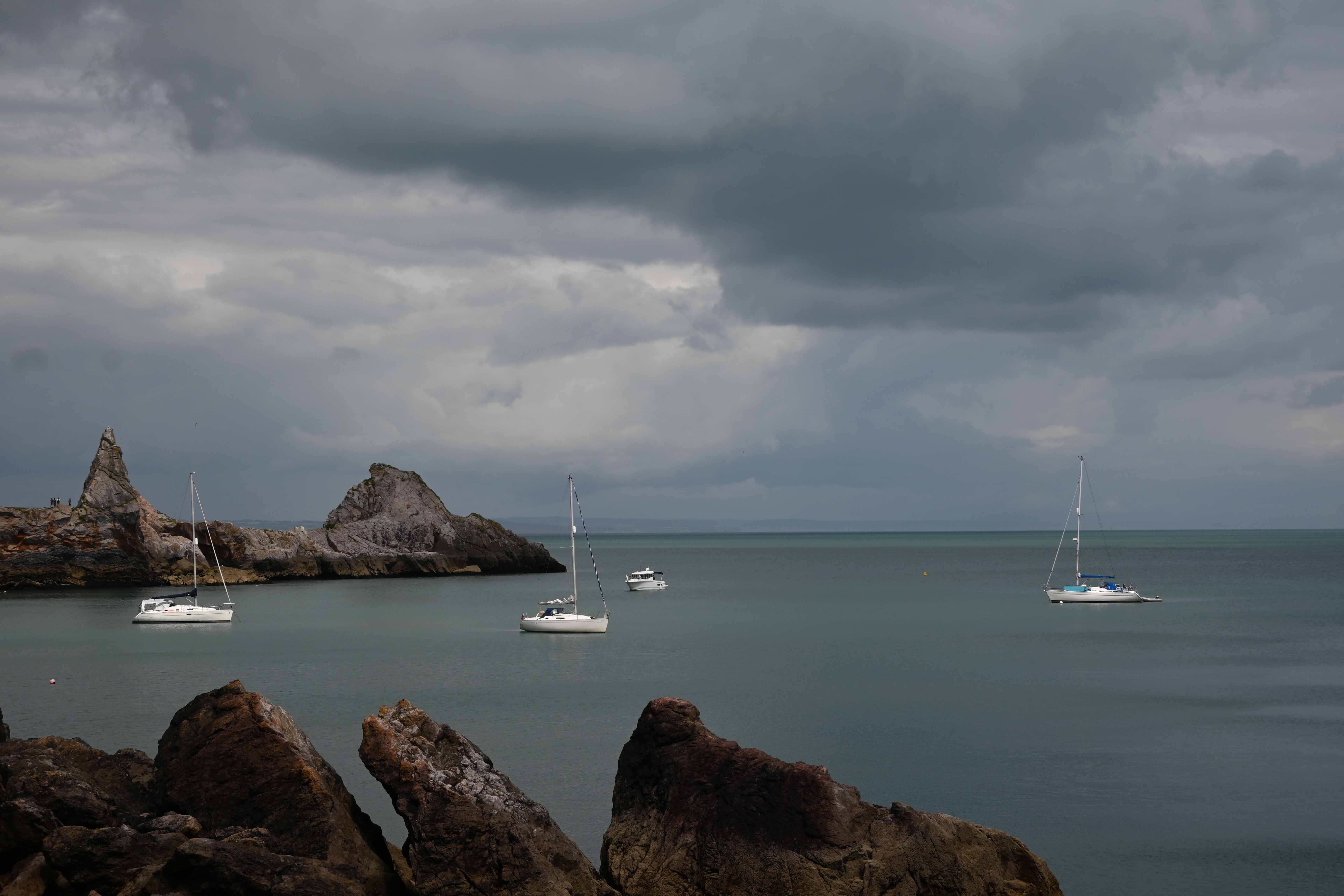
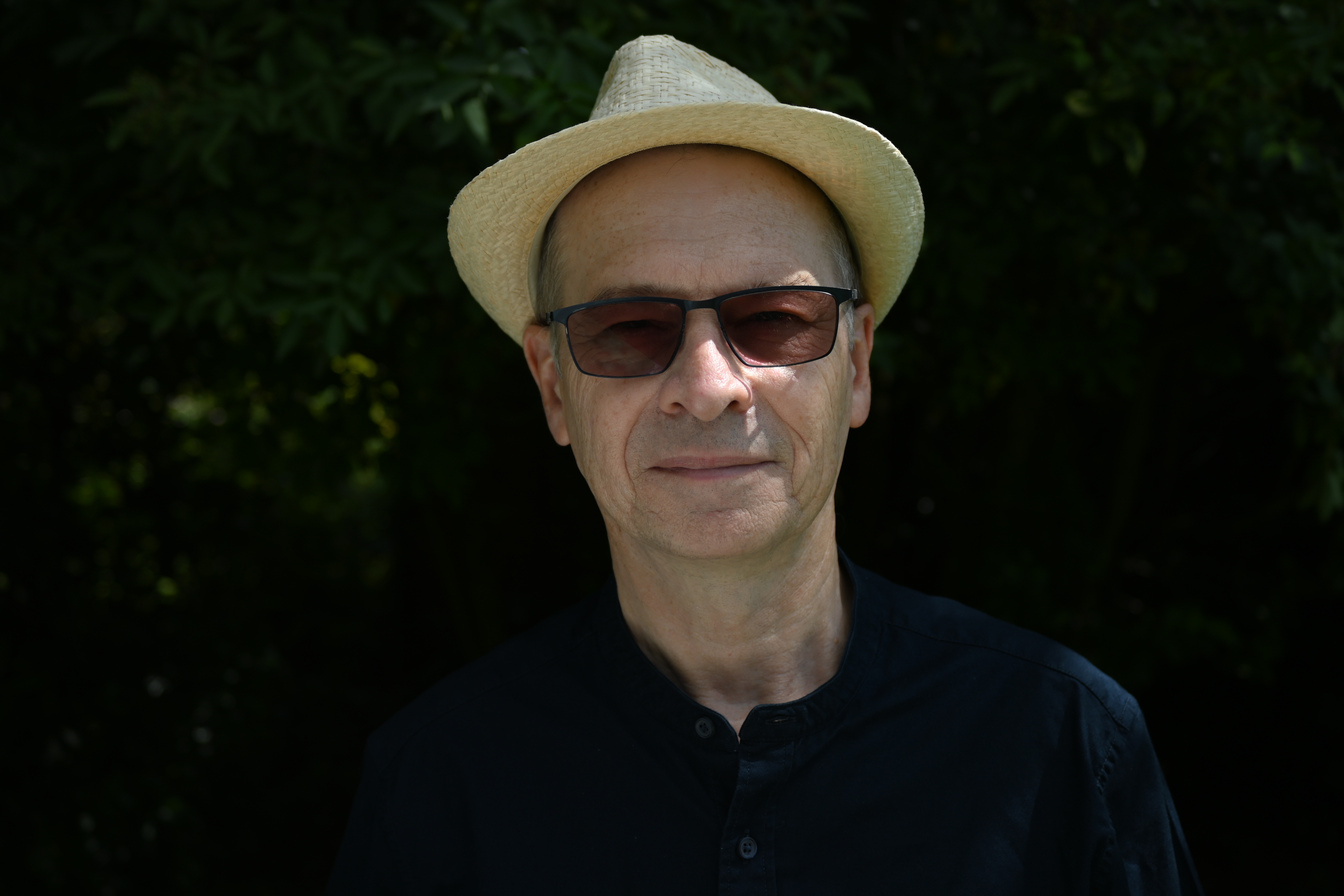
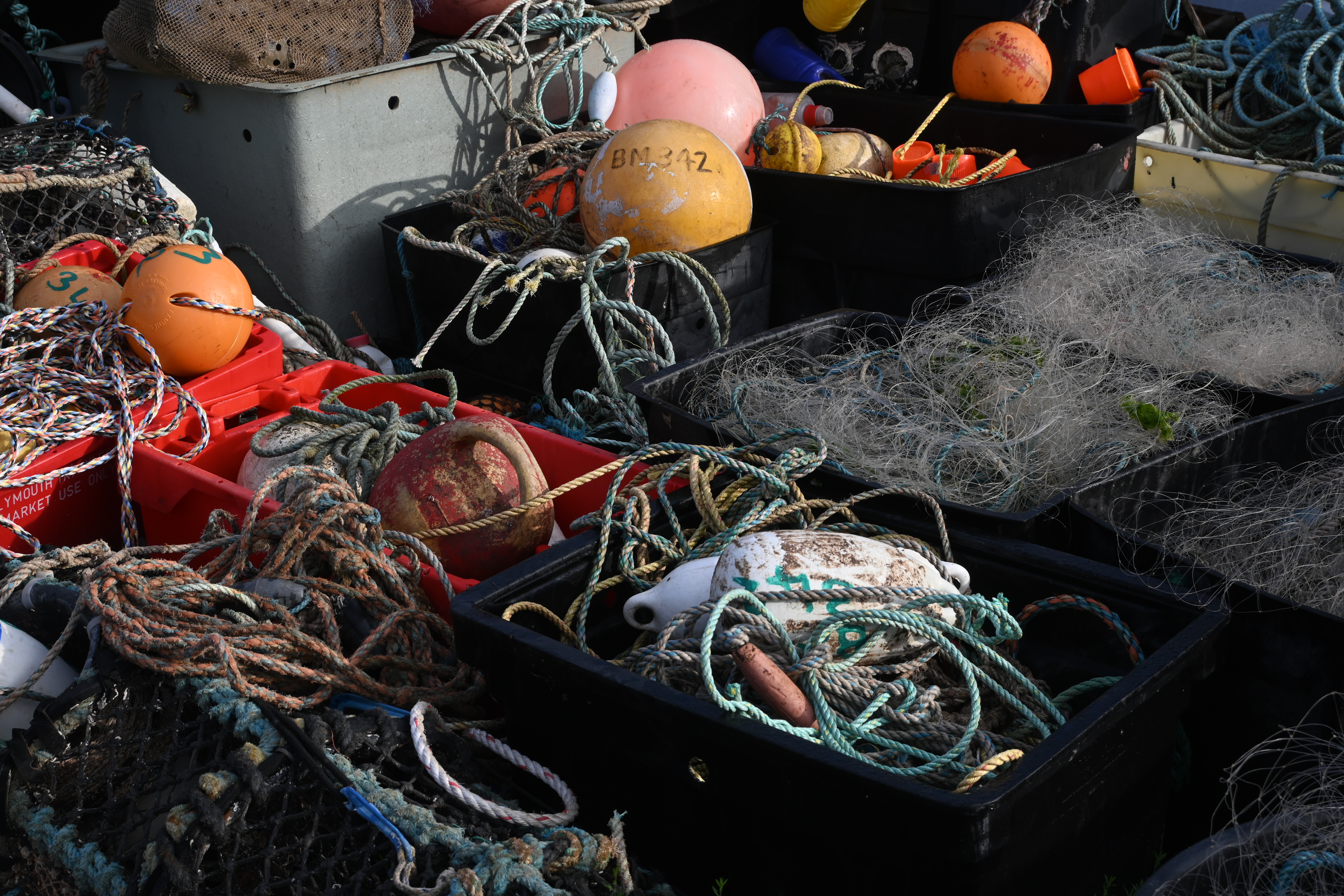

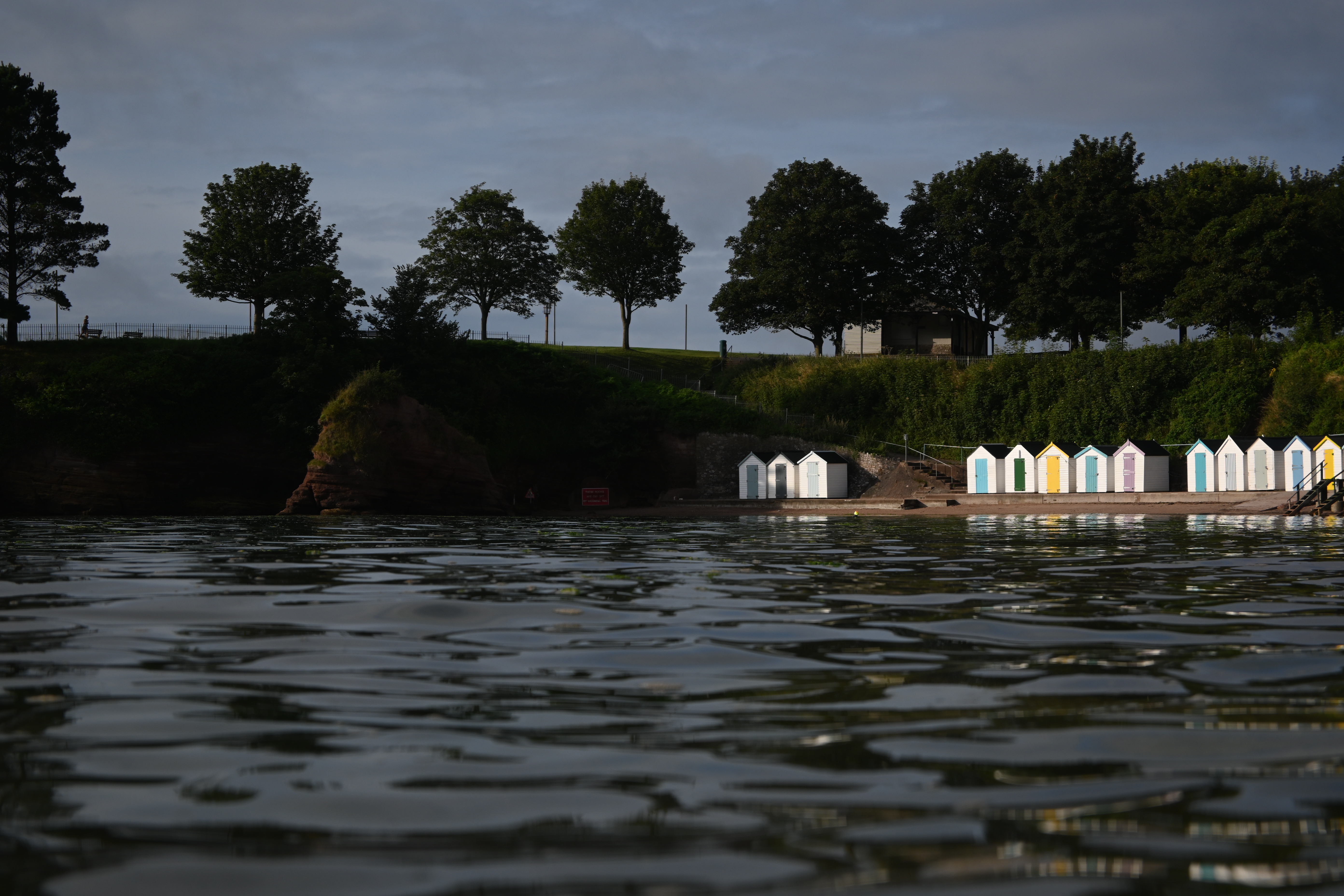
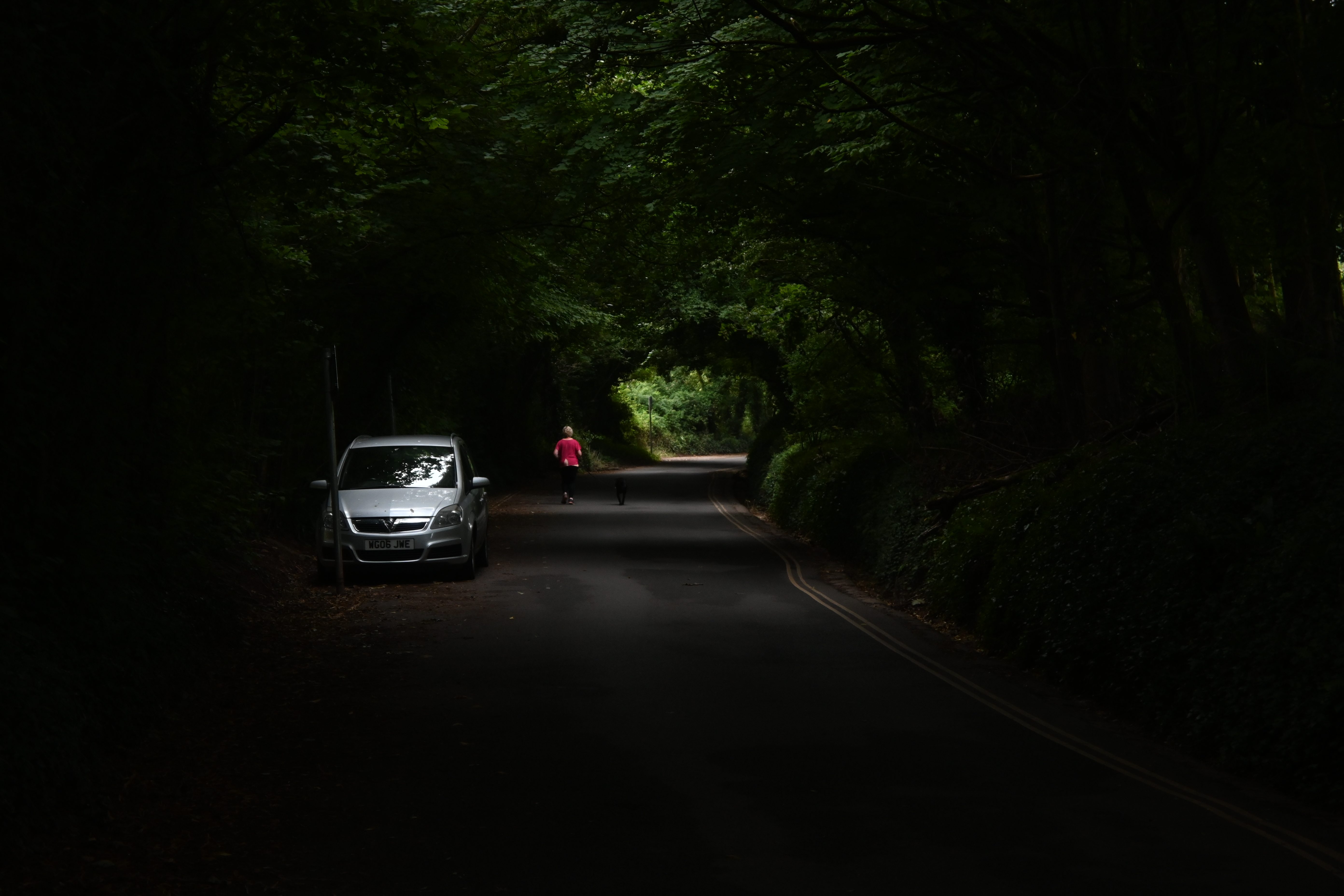
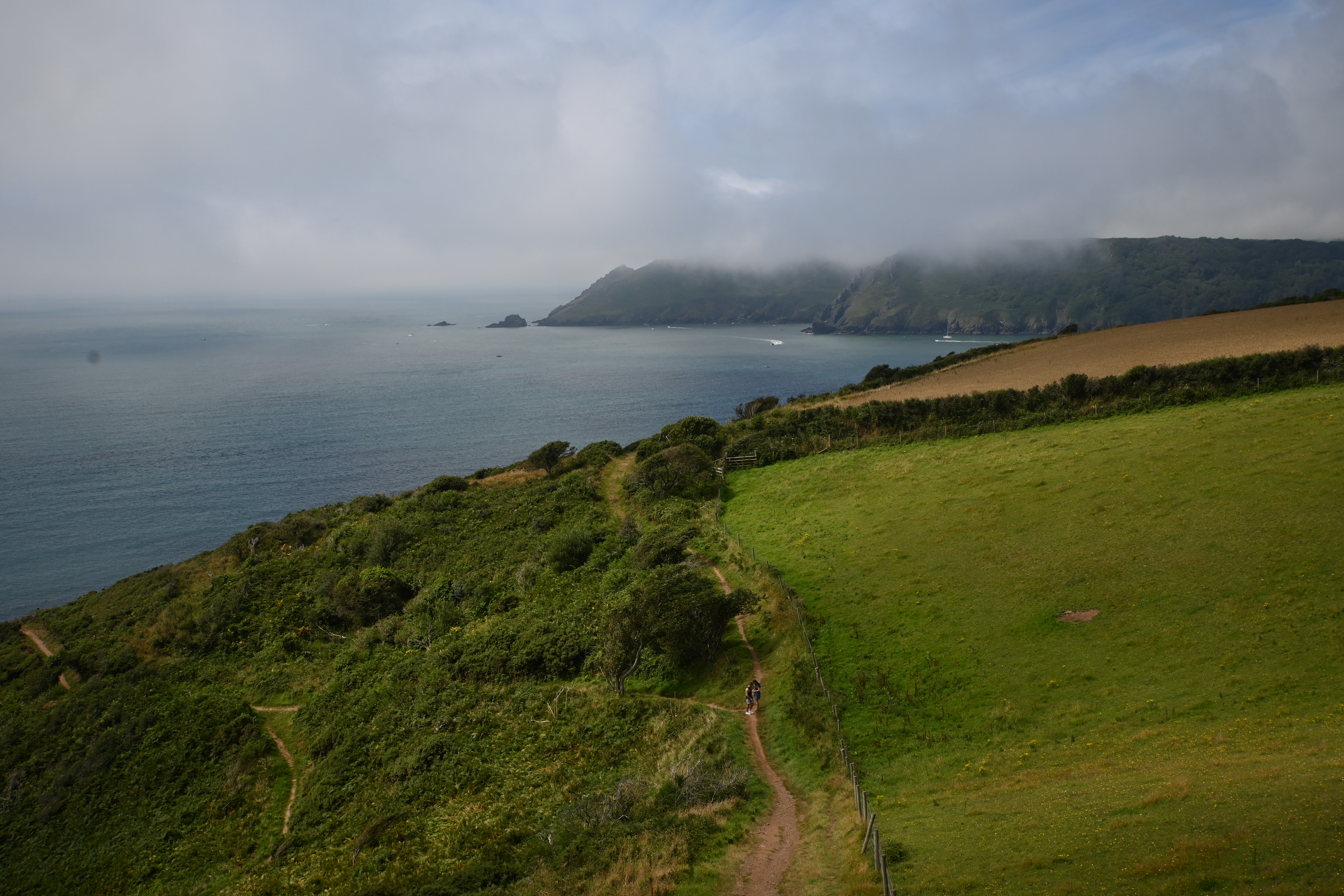
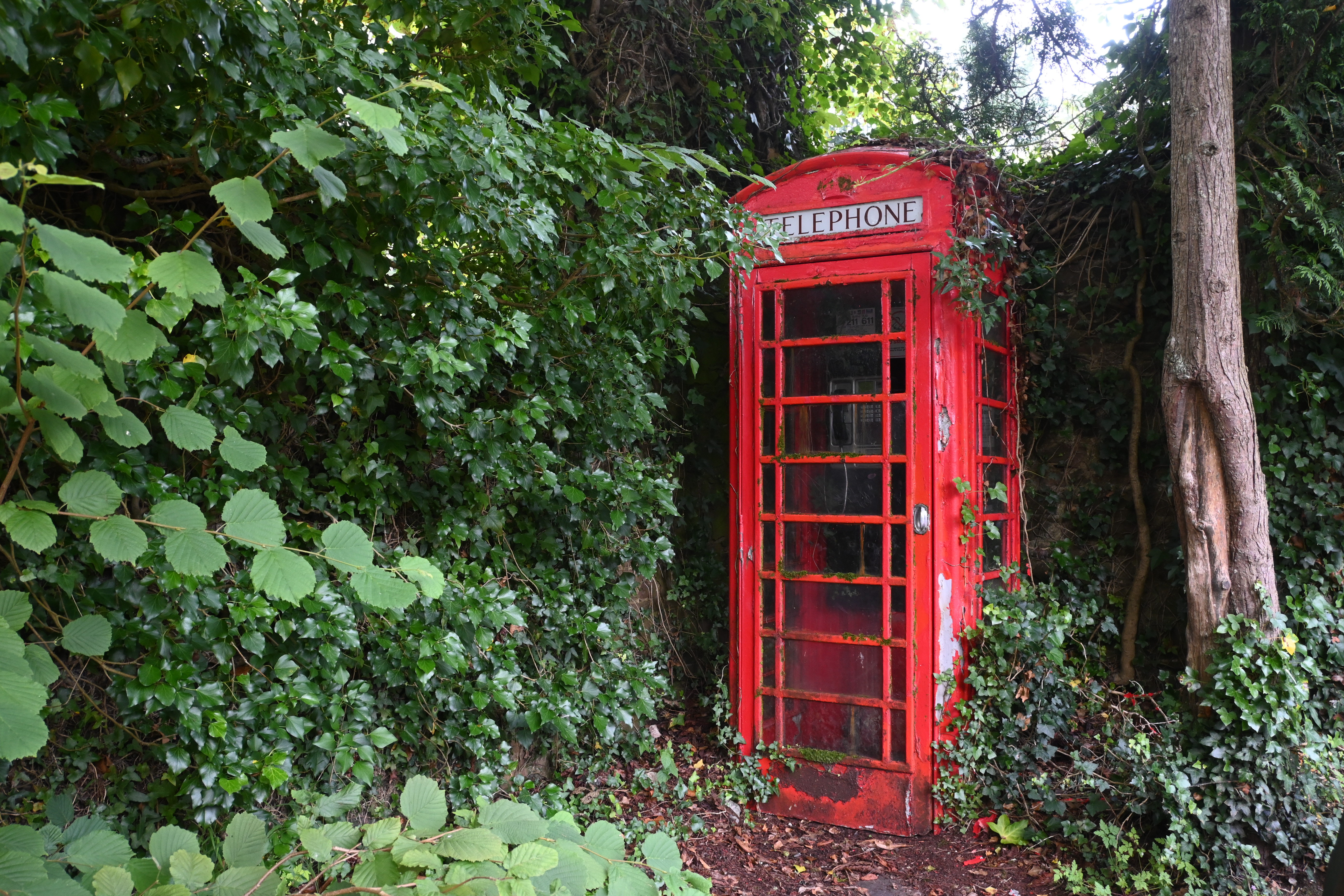
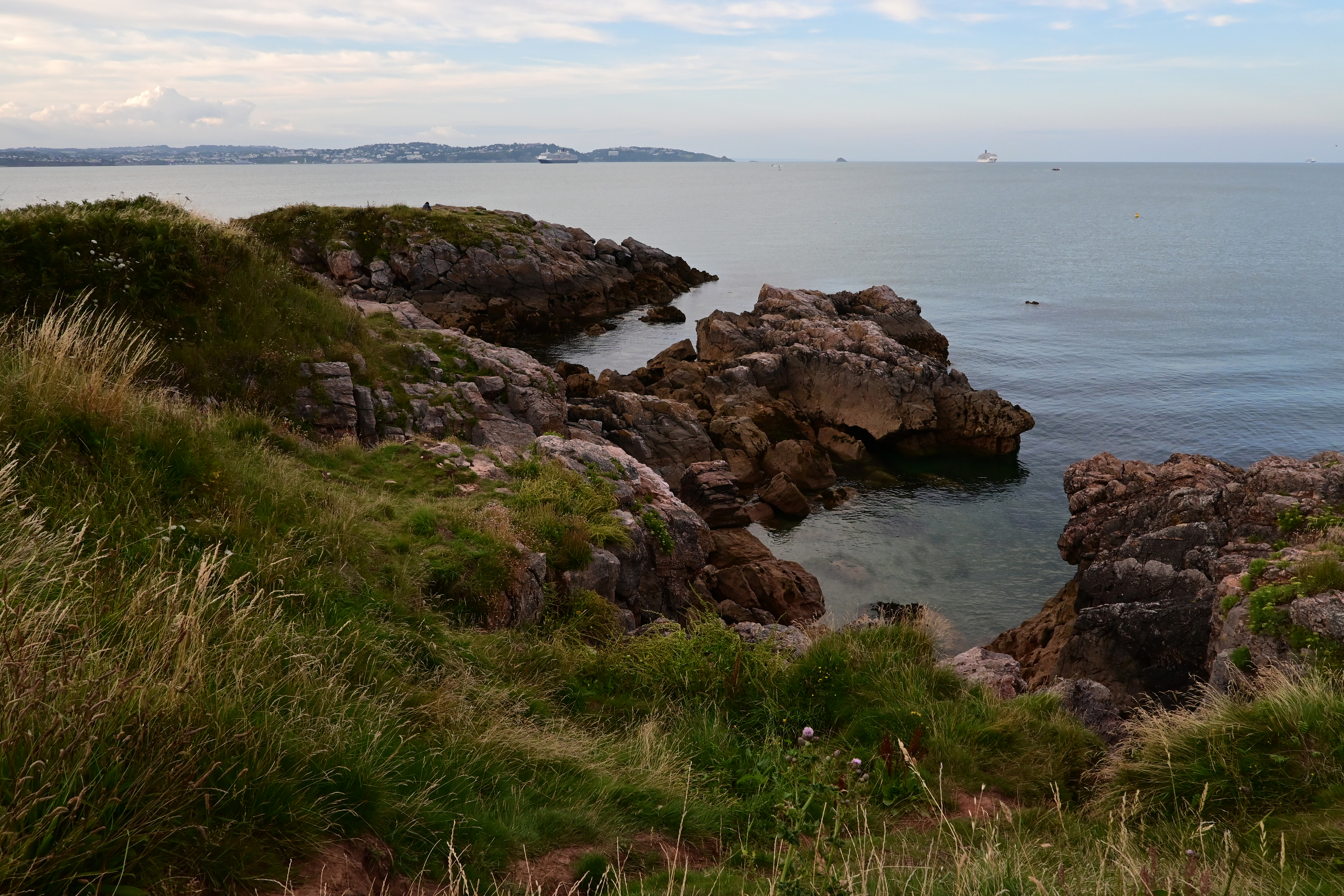

There's a host of auto white balance (AWB) options, with the possibility of maintaining warm tones as one option. Colors in general look great from the off, though dominant colors in a scene can impact the temperature and hue in other colors – for example, a dominant blue can make skin tones look a little yellow, or a green vista results in overly magenta elsewhere, and so on. It's still a standard issue for AWB.
The standard color profile gives a refreshing subtle degree of saturation more akin to a neutral color profile in other systems. In-camera raw editing enables adjustments to exposure ±2EV, white balance, color profile and picture mode among others.

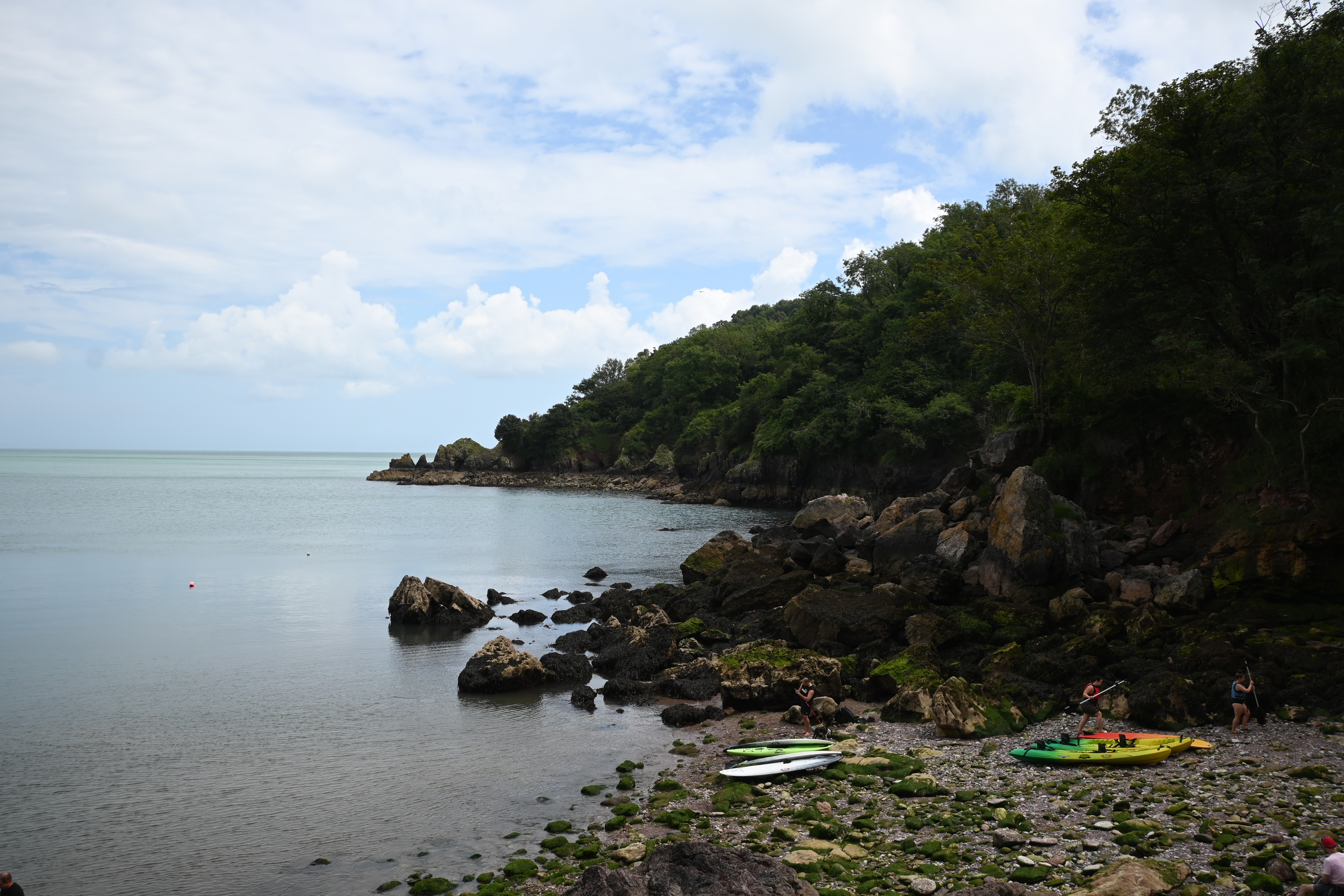
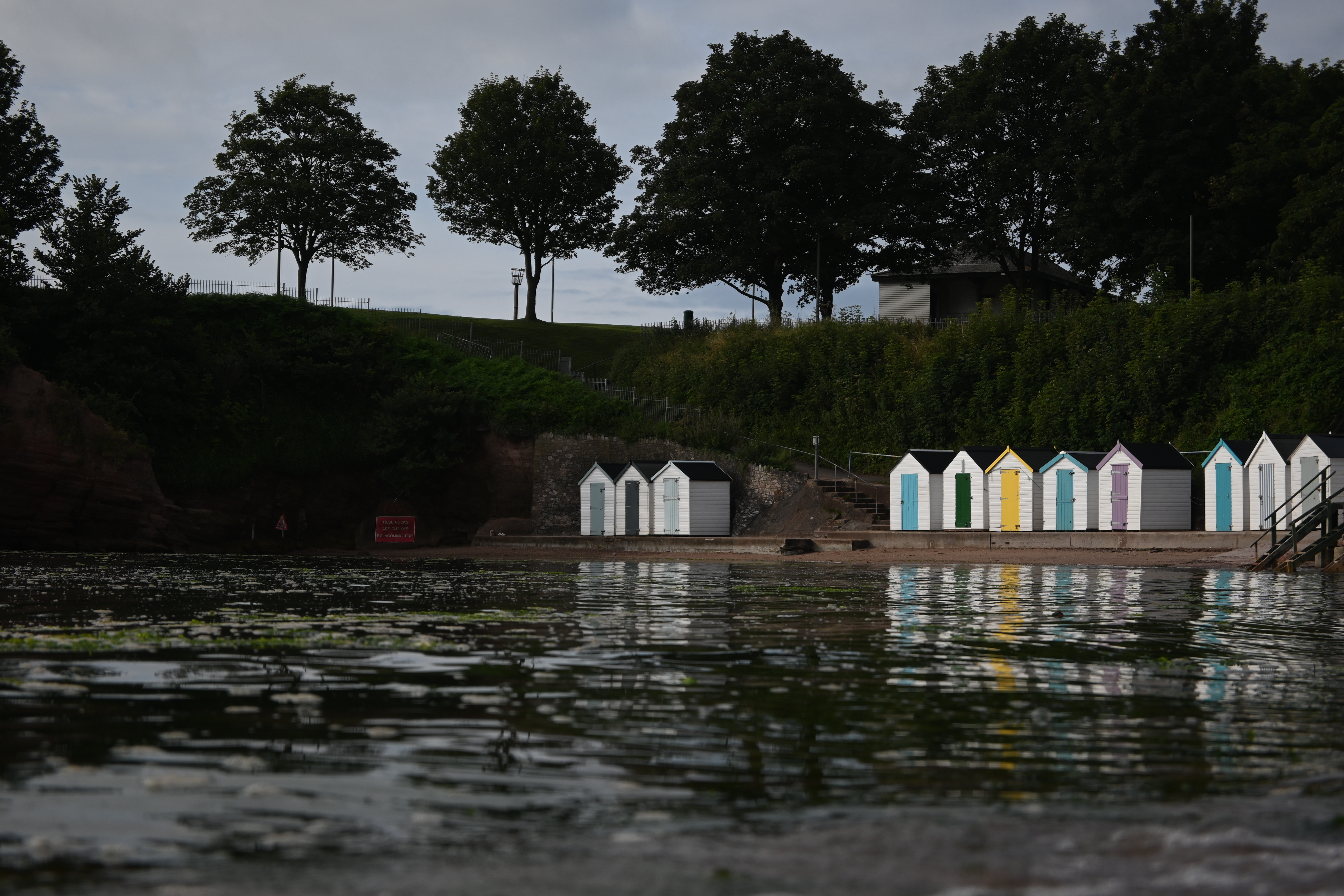


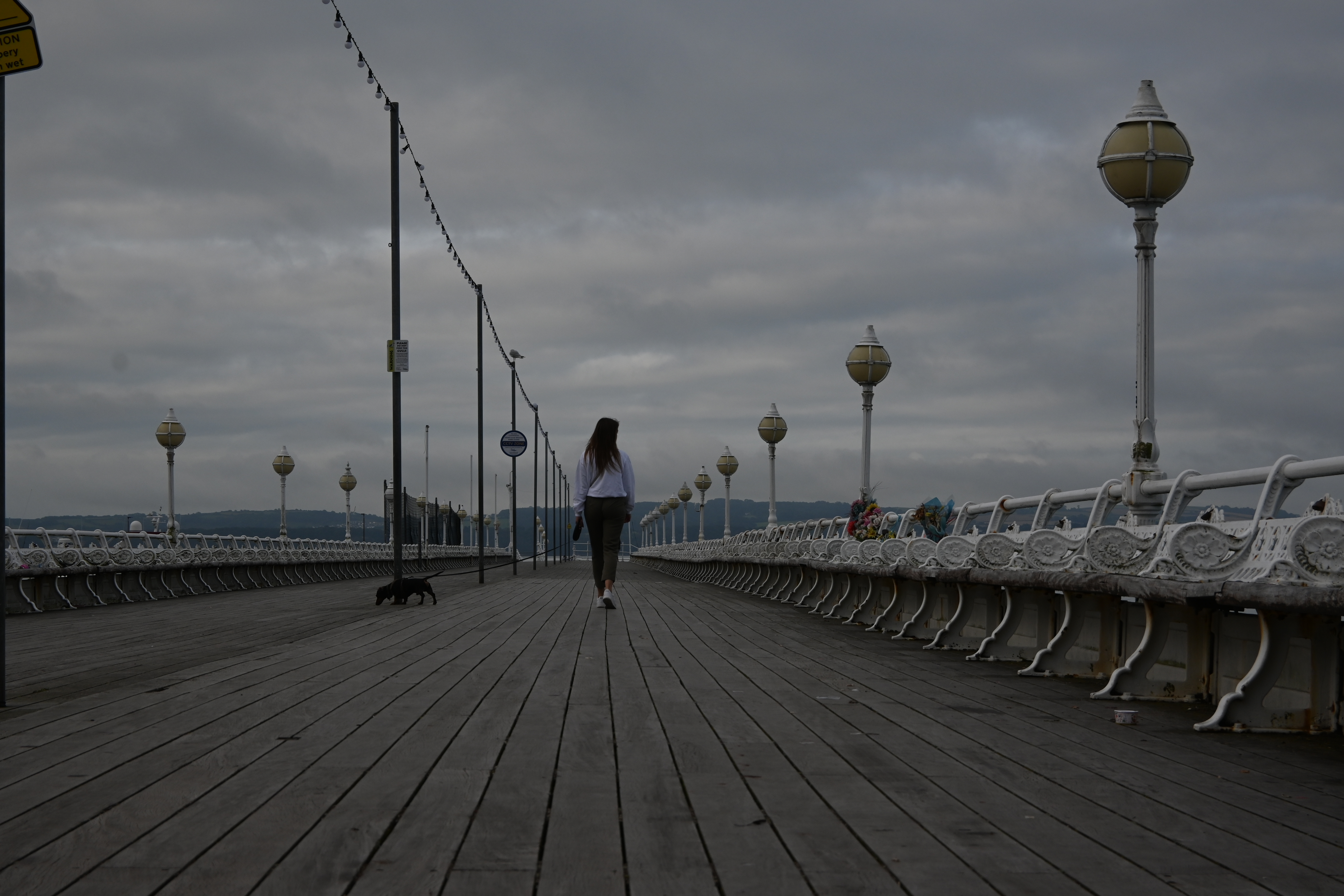
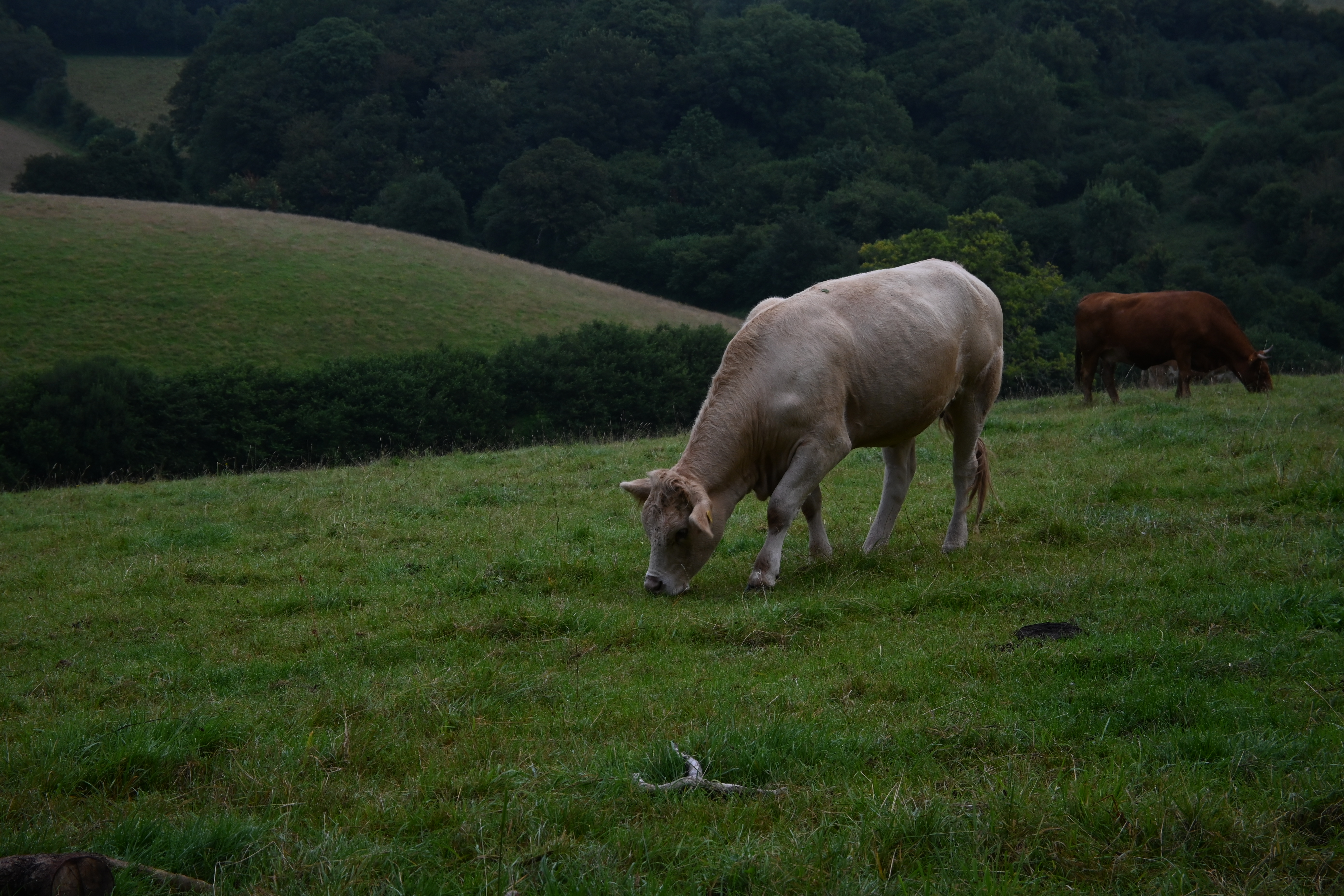

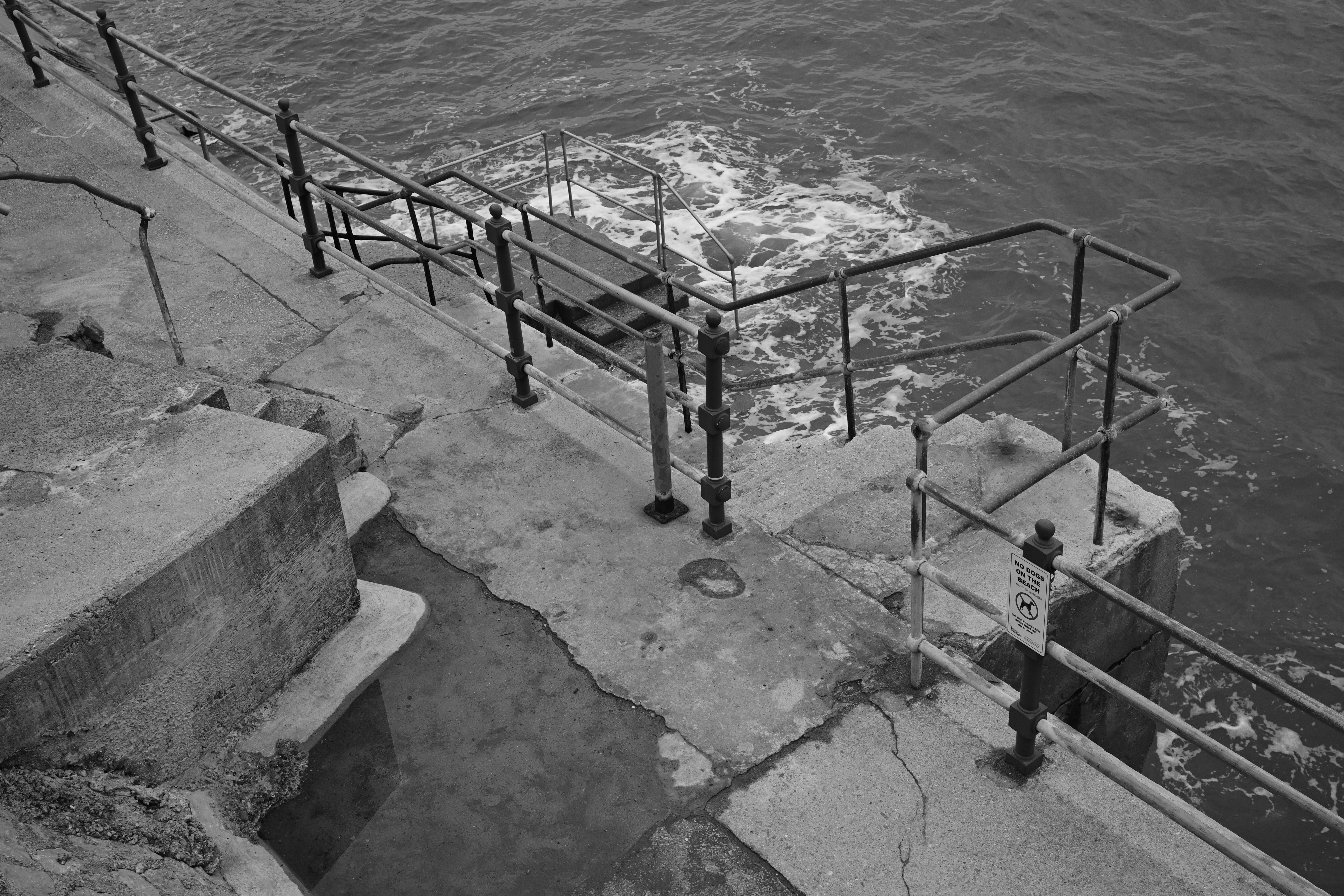
Perhaps one thing holding back the image quality of the Nikon Z fc is the availability of native lenses. The lens roadmap for Nikon mirrorless cameras with APS-C sensors looks vaguely promising, but at the time of writing there are better lenses available for the rival Fujifilm X-series.
Should I buy the Nikon Z fc?

Buy it if...
You like looking at your camera
The Nikon Zfc is a thing of beauty, whether you are a Nikon fanboy or not. It's all retro-chic; exposure dials, classic typography, circular viewfinder, leather-finish, complemented by a silver top plate. Gorgeous stuff.
You want a mix of old and new
The vari-angle touch screen transforms the Z fc from old to new. Tucked away and you can pretend there's no screen at all. Flipped out and it's a super simple, intuitive and versatile touch screen for focus-tracking photos and videos capture, plus navigation.
You like manually controlling exposure
If you regularly fiddle with exposure settings, the dedicated exposure dials are a more intuitive method than generic command dials, once you have the hang of it. With dials for ISO, shutter speed and exposure compensation, plus a lens control ring that can be customized between focus and aperture control, and in-camera auto ISO with shutter speed control, you'll have the camera set up to accommodate your shooting style in no time.
Don't buy it if...
You are expecting a 'purist' digital photography experience
It comes close and certainly looks the part, but there are no accompanying Z-series lenses for the Z fc that feature a dedicated aperture control ring, so the Z fc is not 100% the real retro deal. In the case of the 28mm f/2.8 lens, there is a lens control ring but you'll need to choose in-camera if it adjusts manual focus or aperture.
You want FM2 bomb-proof build quality
It may look like an FM2, but the Z fc is a different prospect in regards to build quality. There is no weather-sealing, so this is a camera to look after on the front lines, rather than looking after you. In fairness, the Z fc is 'casual' and priced accordingly.
You need a wide choice of lenses
There are only two Z-series 'kit' zoom lenses currently available that are designed specifically for the APS-C format. It is possible to use full-frame Nikon Z series lenses with the Z fc and the ever-increasing range currently numbers 17, but there are no super-wide options (when factoring the APS-C crop) and the size/cost can be a mismatch. Another option is the FTZ adaptor, making hundreds of Nikon G and Nikon F lenses compatible with the Z fc, but adapted lenses do have drawbacks. The Fujifilm X-T30 II on the other hand enjoys a huge range of dedicated lenses.
- These are the world's best mirrorless cameras
- Or check out our guide to the best cameras for photography

Tim is the Cameras editor at TechRadar. He has enjoyed more than 15 years in the photo video industry with most of those in the world of tech journalism. During his time as Deputy Technical Editor with Amateur Photographer, as a freelancer and consequently editor at Tech Radar, Tim has developed a deeply technical knowledge and practical experience with cameras, educating others through news, reviews and features. He’s also worked in video production for Studio 44 with clients including Canon, and volunteers his spare time to consult a non-profit, diverse stories team based in Nairobi. Tim is curious, a keen creative, avid footballer and runner, and moderate flat white drinker who has lived in Kenya and believes we have much to enjoy and learn from each other.
